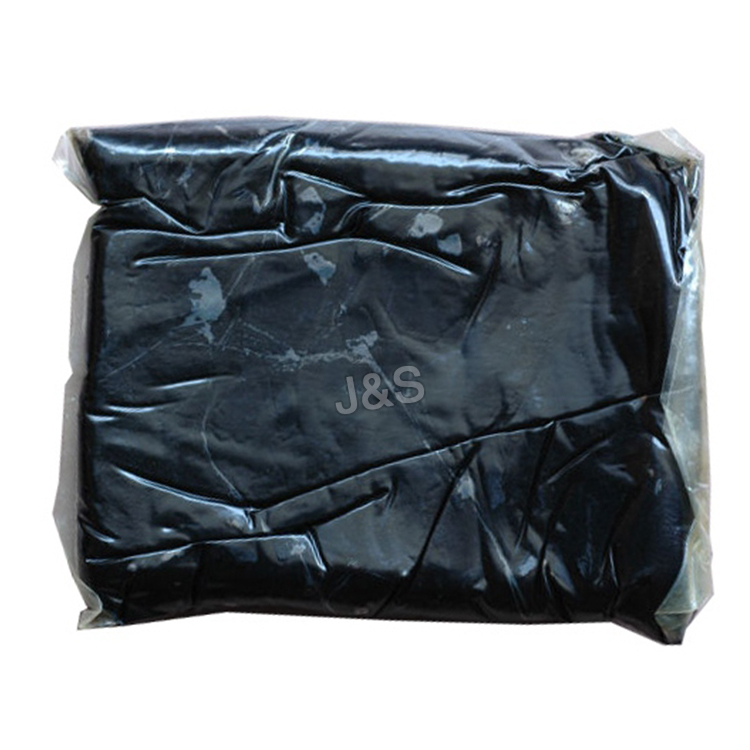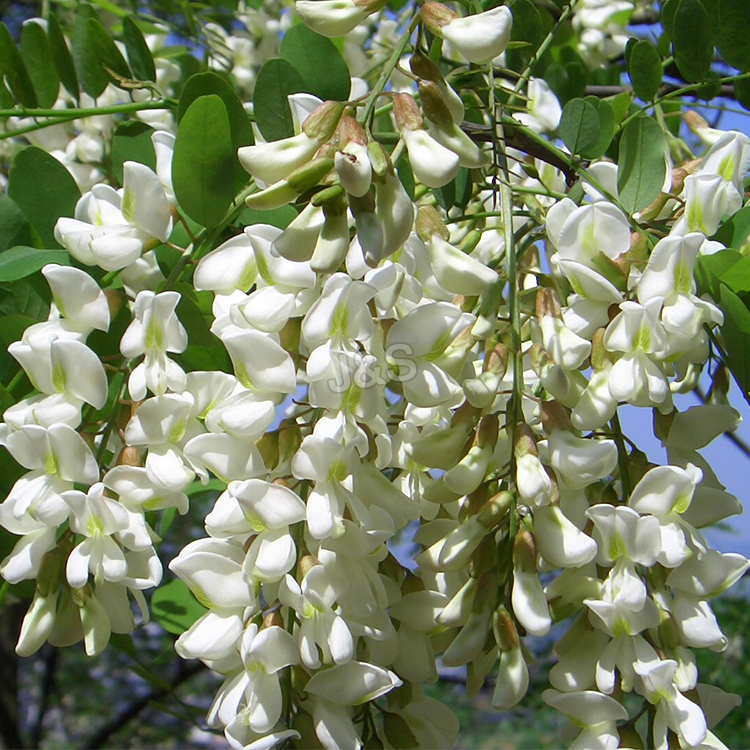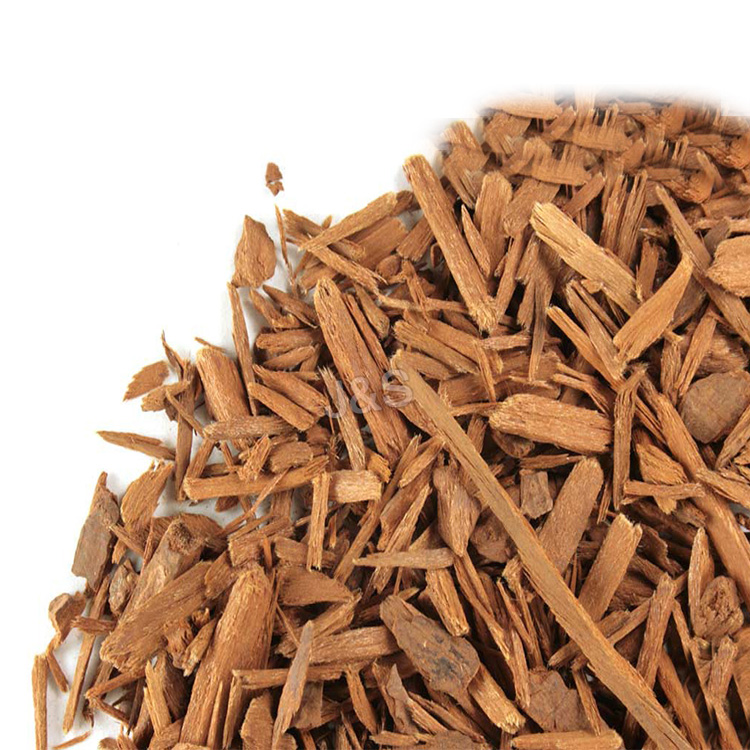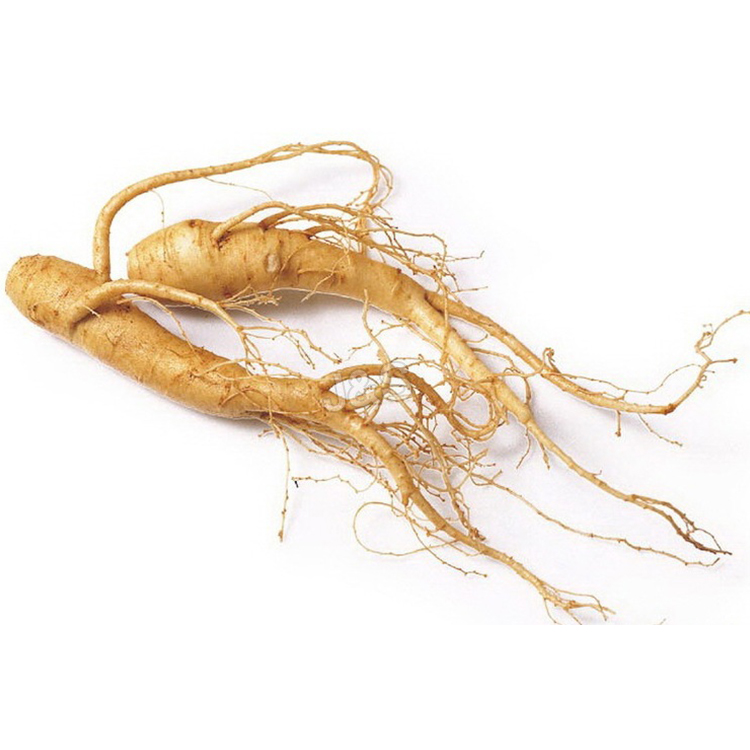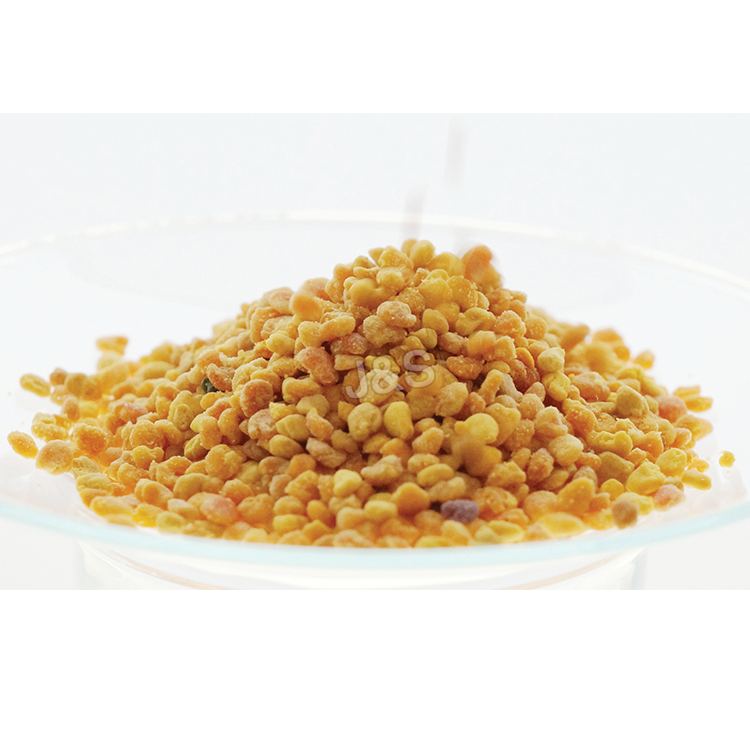13 Years Factory wholesale Milk Thistle Extract Factory from Libya
13 Years Factory wholesale Milk Thistle Extract Factory from Libya Detail:
[Latin Name] Silybum marianum G.
[Plant Source] The dried seed of Silybum marianum G.
[Specifications] Silymarin 80% UV & Silybin+Isosilybin 30% HPLC
[Appearance] Light Yellow Powder
[Particle size] 80 Mesh
[Loss on drying] £ 5.0%
[Heavy Metal] £10PPM
[Extract solvents] Ethanol
[Microbe] Total Aerobic Plate Count: £1000CFU/G
Yeast & Mold: £100 CFU/G
[Storage] Store in cool & dry area, keep away from the direct light and heat.
[Shelf life]24 Months
[Package] Packed in paper-drums and two plastic-bags inside. Net weight:25kgs/drum
[What is Milk Thistle]
Milk Thistle is a unique herb which contains a natural compound called silymarin. Silymarin nourishes the liver like no other nutrient currently known. The liver acts as the body’s filter constantly cleansing to protect you from toxins.
Over time, these toxins can accumulate in the liver. Milk Thistle’s potent antioxidant properties and rejuvenating actions help keep the liver strong & healthy.
[Function]
1, Toxicology tests showed that:a strong effcets of protecting cell membrane of liver, in Clinical application, Milk Thistle
Extract has good results for the treatment of acute and chronic hepatitis, liver cirrhosis and a variety of toxic liver damage, etc.;
2, Milk Thistle Extract significantly improves the liver function of the patients with symptoms of hepatitis;
3,Clinical applications: for the treatment of acute and chronic hepatitis, cirrhosis, liver poisoning and other diseases.
Product detail pictures:

Related Product Guide:
We have been ready to share our knowledge of internet marketing worldwide and recommend you suitable merchandise at most aggressive rates. So Profi Tools present you very best price of money and we are ready to develop alongside one another with 13 Years Factory wholesale Milk Thistle Extract Factory from Libya , The product will supply to all over the world, such as: Swedish, Chicago, Grenada, To meet the requirements of individual customers for each bit more perfect service and stable quality products. We warmly welcome customers around the world to visit us, with our multi-faceted cooperation, and jointly develop new markets, create a brilliant future!
Christian G. Krueger – CEO of Complete Phytochemical Solutions discusses how raw ingredient marketers, product formulators and end consumers want assurance they are buying an authentic cranberry products, with know composition and documented efficacy. Learn how to read a product label and relate proanthocyanidin (PAC) quantity to effective dose. This video is part of the Cranberry Beyond UTI playlist brought to you by Fruit d’Or Nutraceuticals and it’s line of unparalleled cranberry products and ingredients, Cran Naturelle & Cran d’Or. Visit Crannaturelle.ca for more information.
This video is part of the Cranberry Beyond UTI playlist, hosted by celebrity news anchor Jennifer Ward of the Ward Wellness Report, and brought to you by Fruit d’Or Nutraceuticals with it’s line of unparalleled cranberry products and ingredients, Cran Naturelle & Cran d’Or. Visit Crannaturelle.ca for more information.
https://bit.ly/2sri4H5 – Productos del sexo con descuento
https://bit.ly/2rvYcCh – La mejor tienda
This supplier stick to the principle of "Quality first, Honesty as base", it is absolutely to be trust.


